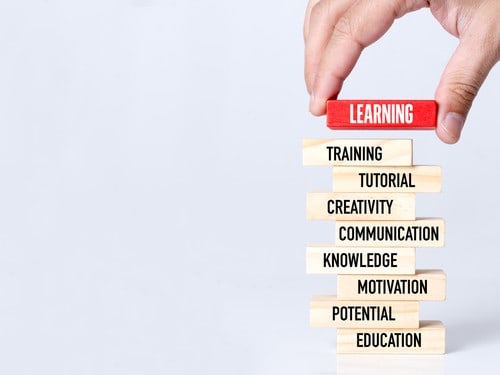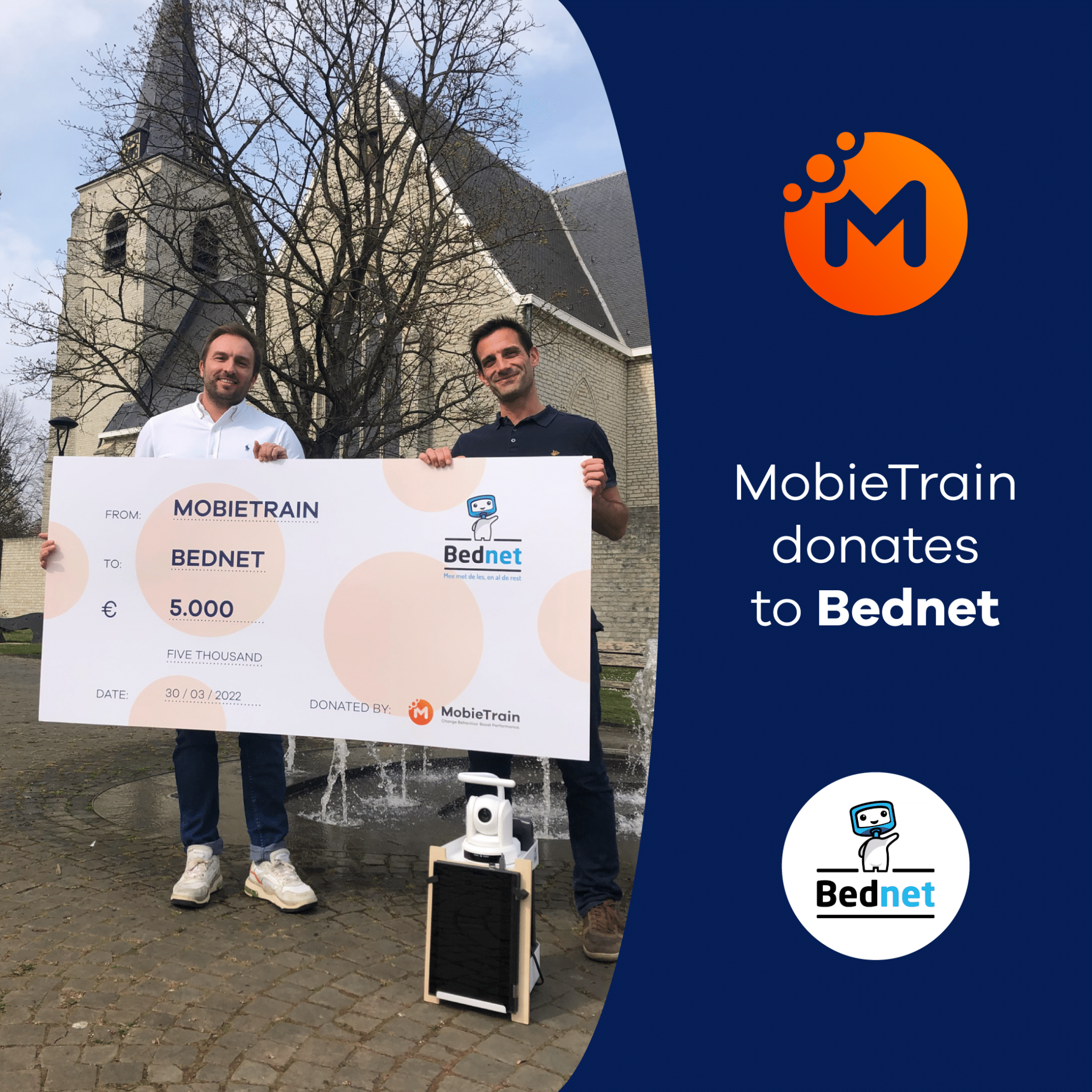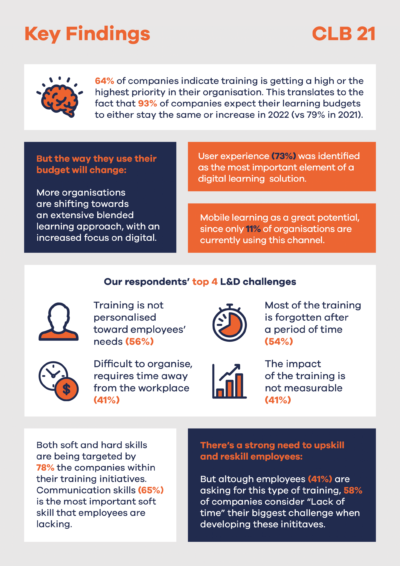The future of Learning & Development

Many organisations struggle to implement new hypes in learning development such as Social, Lean, 70-20-10, Blended or Flip learning. What to choose? Where to start? What is the cost of change? Is your organisation’s culture ready?
I have written blogs before on those different ideas that all involve learner empowerment, social tools and their impact on culture. This time I’d like to go back to one of my blogs on communication and collaboration tools used in organisations in order to answer those questions.
“Due to globalisation and corporate conversations evolving from top down broadcasting to collaborative multi-way inclusion, the need for platforms has grown. Employees become engaged in a new social thinking strategy to create a sustainable climate for personal and corporate growth.”
So how does this affect your organisations structure? What is the role of Human Resource, Learning and Development, Communication and IT? Can they still survive in their bunkered silos?
Social HR and Business Integration
The role of L&D is changing rapidly. But how can you change a department that is seen as a cost without a clear view on the positive effect this will have on balance sheets, competitive edge or an attractive company culture?
In his book ‘Socialized’, Mark Fidelman elaborates on the importance of culture and a “Digital Village”:
“The purpose of creating an internal social business is to help employees, customers, and suppliers collaborate, share and organize information“ – Mark Fidelman
Many successful businesses understand that the power of an organisation is in it’s human capital, creating an innovative culture powered by systems to support it. According to a study from McKinsey, these are the values of creating an internal Social Office
– 20% increase in customer satisfaction
– 20% of time it takes to bring products to market
– 30% cost reduction in talent management
– 30% reduction in the time it takes to find knowledge experts
Instead of trying to solve the puzzle of how to reorganise the L&D department, we should break down the walls between corporate departments and integrate Communication, L&D and HR into one social department powered by a strong ICT infrastructure.
Technology as a strategic driver of lean learning development
Let’s assume that an organisation wants to become a social enterprise, is ready for level 5 collaboration and ready to bridge their internal knowledge gaps. Thereby taking advantage of the collective expertise from their human capital and the extended community with partners, customers and even competitors. Those organisations understand that information needs to FLOW in the ecosystem as a critical factor for organisational processes and performance outcomes.
So why would we merge departments and how does that lead to Lean Learning Development- that is ”Eliminating all waste that is not adding value to the learner?”.
Take the test in your own organisation. Who is responsible for transferring news? Probably the communication/marketing department is sending and receiving relevant news to keep the business going. Maybe you even have a conversation manager or listening manager sharing the news over your Enterprise Social Network (ESN)?
So who is responsible for communicating learning to you and how do they do that? Perhaps it is your Learning Manager sending relevant learning material to you or pointing it out in the LMS? Or maybe you already have a social LMS with some social features for communication and social learning.
Let me ask, what is continuous learning and what if you don’t get all the relevant updates from your peers, partners and customers? Would you be able to perform your job in 5 years from now?
It is estimated that in Western Countries 75% of employees are knowledge workers relying on accurate information for successful performance. Therefore we can’t risk that relevant information is lost in noise or that learning content is not relevant to the receiver. News and learner content both depend on personalised and accurate information, fast transfer, easy search options and a safe environment.
Using social networks that are implemented company wide, without the barriers of old departmental authorities, are not only lean but they empower employees to take their own personal development in hand and thereby lift the organisation and its ecosystem to higher levels of performance.
The social office and the role for L&D
Coming back to the title of this blog. What can we do to secure our organisation for a sharing and learning culture ready to take the competitive advantage?
L&D professionals should be more social focused and understand the requirements and moments of need lean learners have. They should be aware of the danger of information overload and take advantage of people-centred performance management systems and learning eco-systems.
Reach out to colleagues from Communication, break down the departmental silo’s and build together a strong internal Social Office with ICT support.
“Capital is only one key resource of an organisation and is by no means the scarcest one. The scarcest resource in any organisation is performing people” – Peter Drucker
(This blog post was contributed by Katja Schipperheijn on our board of advisors)

